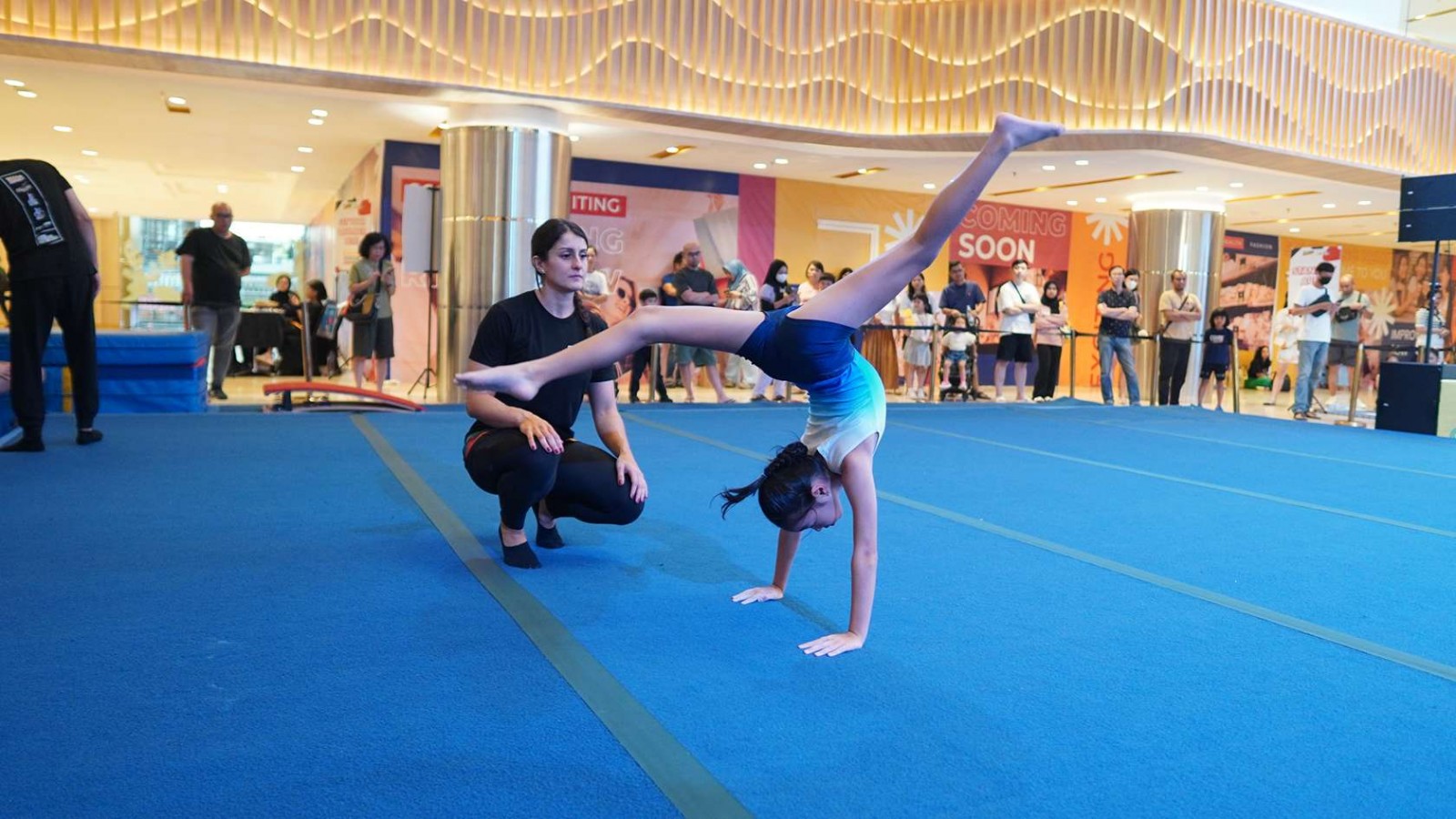How to Cry for Acting: Mastering Emotional Expression

Learning how to cry for acting is an essential skill for actors, as it taps into a vulnerable, relatable part of human emotion that can add depth and realism to performances. However, producing tears on demand can be challenging, especially under the pressures of a stage or screen setting.
This guide will help you understand what it means to cry on command, explore techniques for emotional and physical manipulation to generate tears, and uncover some common reasons why actors might struggle with this skill. Keep reading!
What is Crying on Command?
Crying on command is the ability to produce tears and evoke genuine emotion when needed, whether for a film scene, a stage play, or an audition. The skill requires both mental and physical control to achieve a realistic display of sadness, frustration, or even joy that resonates with the audience.
Although some actors can cry easily, for others, it can be a learned technique. Mastering crying on command is about accessing authentic emotion, creating vulnerability, and, ultimately, delivering a performance that is both powerful and believable.
Physical Crying Techniques
If you’re preparing for a scene that requires crying, physical techniques can be an effective way to bring tears to the surface without needing to delve into emotional recall. Here are some tried-and-true methods actors use to create tears through simple physical cues:
1. Yawn Before the Scene
Yawning is a natural way to produce tears. Try yawning a few times in succession before your scene, focusing on getting a big, full yawn each time.
Yawning causes the lacrimal glands (the tear glands) to produce moisture, which can help stimulate tears on command. Make sure to keep your eyes relaxed and allow any tears that form to fall naturally.
2. Stay Hydrated
Drinking plenty of water is essential for keeping your body (and your tear ducts) hydrated, which makes it easier to cry on cue.
If you’re dehydrated, your body might not produce tears as easily, so drinking water throughout the day leading up to the scene can help you generate tears when you need them.
3. Keep Your Eyes Open for Thirty Seconds
Keeping your eyes open for an extended period without blinking can encourage tears to form naturally. This works by mildly irritating your eyes (without causing harm), which will activate your tear glands.
Simply open your eyes wide, avoid blinking, and allow your vision to blur. Once your eyes start watering, use that natural moisture to ease into a teary look.
4. Use a Menthol Tear Stick
A menthol tear stick is a specialized tool used in film and theater to induce tears without emotional strain.
When applied just beneath the eyes, it releases menthol vapors that cause the eyes to water, simulating a realistic tearful appearance.
Use it sparingly, and only if allowed by your director, as it can be intense and should be used carefully to avoid eye irritation.
5. Cut Onions
If you’re in a setting where it’s appropriate, cutting an onion can bring on tears quickly. The sulfur compounds in onions cause irritation in the eyes, prompting tears as a natural reaction.
Be sure to do this under safe conditions and avoid touching your eyes directly after handling the onion.
Emotional Crying Techniques
To cry authentically on cue, actors often tap into personal emotions, memories, and empathy to create realistic tears. Here are some of the most effective emotional acting techniques to evoke tears naturally during a performance:
A. Connect the Given Circumstances to Your Own Life
Relate the character’s situation to something from your own experiences. Find similarities between their emotions and a moment in your life, creating an authentic reaction to the scene.
B. Listen to Sad Music
Playing emotionally charged music before the scene can evoke sadness and make it easier to cry. Music has a powerful way of influencing mood, bringing emotions to the surface quickly.
C. Watch an Inspiring Video or Sad Scene
Viewing a moving clip can trigger real emotions that you can then channel into your performance. Choose a video or scene that resonates with you and gives you that emotional push.
D. Read a Moving Passage
Find a passage or poem that stirs you emotionally. Reading something powerful before your scene can help bring you into a heightened emotional state, making it easier to cry.
E. Play the Truth of the Scene
Rather than forcing yourself to cry, focus on truly experiencing your character's feelings. Letting the emotions unfold naturally within the story often leads to authentic tears.
Why You May Struggle to Cry on Command
Crying on command may seem straightforward, but it’s a challenge that even seasoned actors often face. Here are some common reasons you may struggle to cry on command and tips on how to overcome them:
1. You're Using the Wrong Emotional Substitution
If you’re trying to evoke tears by connecting to emotions that don’t align with the scene or character, it can lead to frustration.
Ensure that your emotional substitution closely relates to the character’s experience. Finding the right emotional connection is crucial for authenticity.
2. You Need More Specificity
General feelings of sadness or loss might not be enough to trigger tears. Specificity is key, focus on a particular memory, detail, or moment that deeply resonates with the character’s situation. The more specific you are, the easier it will be to access genuine emotions.
3. You Have Insufficient Focus
A lack of concentration can prevent you from fully immersing yourself in the scene. Distractions from your surroundings, thoughts, or other performers can detract from your emotional engagement.
Practice mindfulness techniques to help you stay present and focused on your character’s emotional journey.
4. You're Putting Too Much Pressure on Yourself
The anxiety of needing to cry can create a self-imposed barrier. When you feel too much pressure to perform perfectly, it can hinder your ability to connect emotionally.
Instead of forcing tears, allow yourself to relax and experience the moment organically, which often leads to more authentic emotional expressions.
Start Mastering Your Emotional Craft Today!
Learning how to cry for acting is a valuable tool for any actor. Like any skill, it may take time, patience, and practice, but once mastered, the art of crying on command can add an intense, memorable dimension to your acting.
Experience the excitement and the benefits of the Broadway Program at Rockstar Academy, where students dive into the world of musical theater and develop skills in singing, dancing, and acting.
Our Broadway program at the Sports & Performing Arts Academy doesn't just teach performance, but it also builds confidence, teamwork, and stage presence, preparing students for the spotlight and beyond.
Additionally, our Broadway program also features the Broadway Recital, a magical experience for performers as young as 4 years old to shine on stage. This enchanting showcase brings together stunning choreography, dazzling costumes, mesmerizing lighting, and captivating live performances.
It’s the perfect chance for aspiring stars to step into the spotlight, show off their talent, and create unforgettable memories in a truly spectacular production.
Participants also gain valuable experience by engaging in RockOlympics and Elite Championships, which sharpen their abilities and boost their artistic growth through real-world practice. To introduce you to the program, Rockstar Academy offers a free trial, step onto the stage and see where your Broadway journey can begin!
FAQ
How do you cry on command?
Use emotional recall, think of a sad memory, or try physical techniques like keeping your eyes open or using menthol sticks.
How do you make tears come out for acting?
Drink plenty of water, yawn a few times, or use a menthol tear stick under your eyes to stimulate tears naturally.



